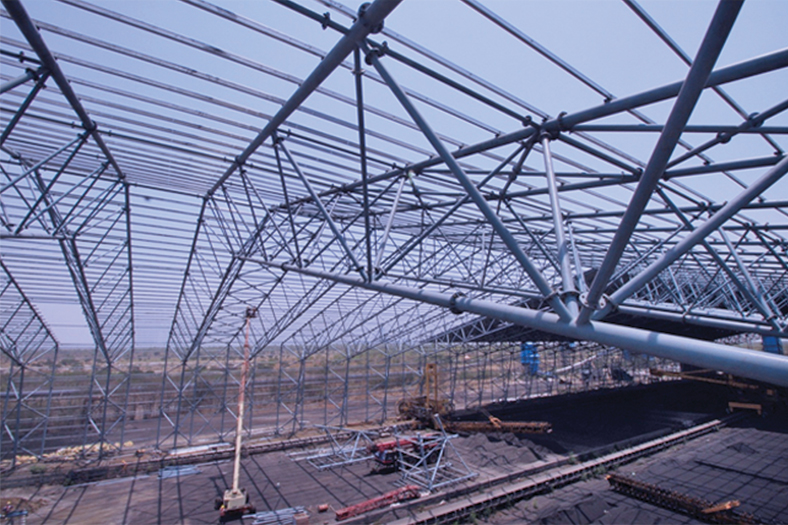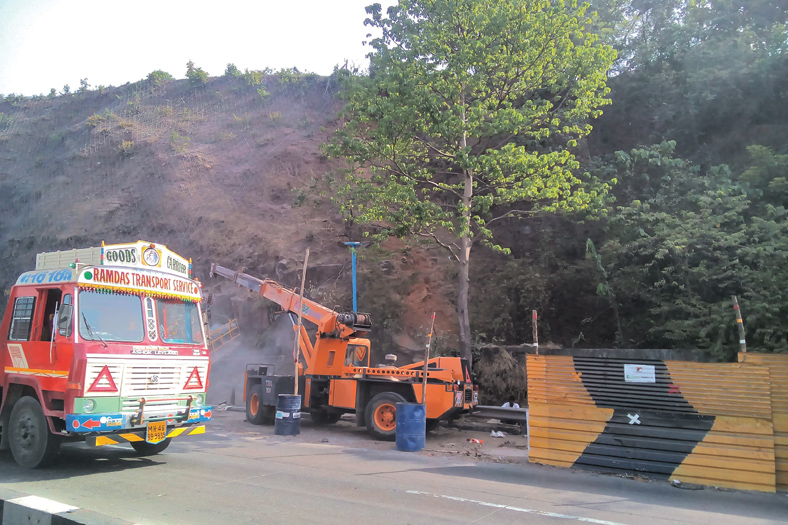Making cities smart with PEB

How PEB can make cities smart?
Smart cities idea is one of the government’s initiative to provide much better and quality life to the people by providing the entire infrastructure required in any human being’s life. All these infrastructure needs can be fulfilled with the help of PEB which has immense potential to grow besides various other sectors and make these cities smart. Indian government is planning for implementation of 100-smart cities and this dream can be efficiently achieved by using PEB construction technology as done in developed countries providing an affordable and sustainable material for construction.
PEB is one of the preferred modes of construction as it is faster, environmental friendly, earthquake resistant, lesser maintenance; provide higher column free space, high resale value, green benefits, dry construction, saving of natural resources, etc. “With adequate attention from the government, this industry can dramatically reduce construction time for implementation of smart cities and make India as one of the most preferred places to live in this rapidly increasing urbanisation and decreasing greener spaces,” says D Raju, Managing Director, Kirby Building Systems-India.
According to Raju there are many opportunities that exist for PEB industry in making cities smart mostly in the form of construction of buildings and other infrastructure. Some of these include high-rise buildings – residential and commercial, mass housing, warehouses, cold storages, showrooms, railway stations, airport terminal buildings, bridges, flyovers, metro stations, multi-level parking, sports stadiums, shopping malls, entertainment centers, schools, colleges, etc. “More than 80 per cent of warehouses are constructed using PEB technology,” he adds.
PEBs are customised as per the end user’s requirement and engineered and manufactured in the factory premises under quality controlled environment which ensures complete accuracy because of world class fabrication facility. They are transported in the form of individual components to the respective project location and installed using simple nut and bolt connection. These buildings can also be re-located by dismantling and then re-erected as per the respective location’s statistics. PEB also promotes green construction as more than 70 per cent of the material used in the construction is recyclable and environmental friendly which makes cities smart as there is very less pollution generation.
Explaining how Kirby is working to make the cities Raju says, “PEB has grown manifolds over the last few years from simple box like buildings to very complex industrial buildings to high rise structures. PEB is now adapting new innovative methods across design, fabrication and construction which has increased their acceptance level and widened their scope. Kirby is well placed to make these cities smart because of its rich experience in constructing more than 18,000 buildings across diverse applications for wide range of industries and is poised to grow in coming years.”
The Indian smart city plan is taking inspiration from successful models elsewhere such as Japan, US, UK, China and trying to emulate the same in our local scenario. In these countries, the prefabricated steel construction is a preferred choice of commercial building material, with near 70 per cent market penetration.
PEB is one of the most effective technologies for constructing warehouses, believes P V Rao, Managing Director, PEBS Pennar. He says, “The opportunities are opening up in the form of multi-storey, institutional, commercial and residential buildings along with the need of smart warehousing. This will arise the need of robust supply chain. In place of small warehouses at various locations, a standard warehouse at centralised location will be the requirement in developing smart cities. Needless to define the role of PEB in warehousing, it is one of the most effectively used technologies in India in the construction of warehouses.”
Proper utilisation of land is also a focus in developing smart cities and PEB is rapidly growing in this segment. Multi-level car parking, showrooms, office buildings, cold storage etc, are some of the best examples of vertical construction. “Due to rapid and cost effective construction qualities, PEB is contributing immensely in infrastructure projects, rail over bridge, foot over bridge, metro stations etc are being built in PEB. Also, PEBs are being used in the construction of sports complex like tennis court, badminton court, swimming pools, stadiums etc. Moreover, school or college buildings are also being built in PEB,” informs Rao.
PEB has grown manifolds from last few years. From simple box like buildings to complex high-rise buildings, PEB has shown immense potential. PEB is now being used for multiple applications. Smart cities building with the help of PEB will be the smartest solution for quick and economic development of these cities.
The main advantage of using pre-engineered steel is its rapid construction, affordability, architectural versatility, environment friendly material, flexibility for expansions, low maintenance, single source responsibility and earthquake resistance properties. Pre-engineered buildings are typically delivered in just a few weeks after the approval of drawings, aided by advanced software. Foundation and anchor bolts are cast parallel with finished, ready-for-site bolting. PEB reduces total construction time of a project by at least 30 per cent to 50 per cent. This also allows faster occupancy and earlier realisation of revenue.
“Due to the systems approach, there is a significant saving in design, manufacturing and on-site erection cost. The complete structure is fabricated in-house and dispatched to the site to be erected using nut and bolt connections, with highly trained technicians. PEB uses a combination of built-up sections, hot rolled sections and cold formed elements that basically provide for the steel frame work. It is designed to provide a complete building envelope system that is airtight, energy efficient, optimum in weight and cost and, tailor-made for client requirements. It is most suitable for any non-residential building and offers numerous benefits over conventional buildings,” says Rao.
The most frequent word that people hear nowadays is smart cities. But, what is a smart city? Everyone has different perspective and definitions of smart cities as per their understanding. But in a very simple language, the concept of smart ities is an initiative of Government of India in order to enhance the quality of life of citizens of India by providing them a city equipped with all basic infrastructures.
The scope is immense for every sector and the PEB will also play a wide role, believes Shridhara C N, Head-Technical & Marketing, Preca Solutions. He says, “PEB industry can contribute at large to efficiently accomplishing the dream of smart cities. PEB promotes green construction. PEBs are completely manufactured in the factory premises under controlled environment and hence do not pollute environment. Also, these buildings are highly recyclable with 70 to 80 per cent recyclable content. Additionally, the uses of galvanised steel make these buildings rust resistant which, as a matter of fact, minimises the maintenance cost. Moreover, these buildings are earthquake safe and designed as per the criticality of seismic zone.”
Cookie Consent
We use cookies to personalize your experience. By continuing to visit this website you agree to our Terms & Conditions, Privacy Policy and Cookie Policy.









